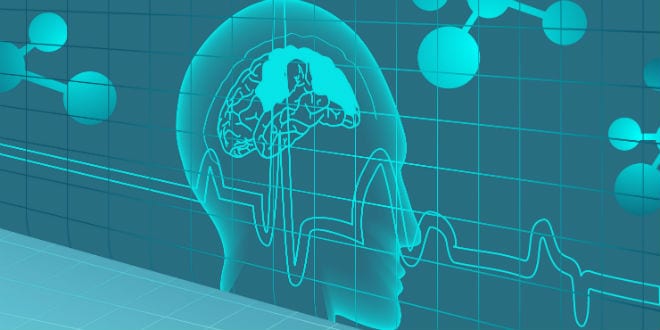Parkinson’s disease – an incurable neurological disorder that causes tremors, rigid muscles and changes in speech and gait – is one of the most frightening conditions that affects the elderly. Parkinson’s affects predominantly dopamine-producing neurons in a specific area of the brain called substantia nigra.
About 10 million people around the world suffer from it, and although Parkinson’s itself does not directly cause death, complications do. Symptoms generally develop slowly over a number of years.
As a result, by the time a patient is diagnosed with Parkinson’s disease, 50% to 80% of these cells in that part of the brain are already dead, possibly due to development of toxicity as a result of alpha-synuclein aggregation.
Thus, the earlier it is detected, the better doctors could offer treatment that has the potential to significantly delay disease progression, making it easier to can cope with Parkinson’s.
Now, researchers at Tel Aviv University have developed a new method that tracks the early stages of aggregation of alpha-synuclein using super-resolution microscopy and advanced analysis. Prof. Uri Ashery was the co-author of the study that has just published the study in the journal Acta Neuropathologica.

“Together with our collaborators at Cambridge University, who developed a special mouse model for Parkinson’s disease, we were able to detect different stages of the aggregation of this protein,” said Ashery, who is also head of TAU’s Sagol School of Neuroscience and TAU’s George S. Wise Faculty of Life Sciences. “We correlated the aggregation with the deteriorating loss of neuronal activity and deficits in the behavior of the mice.”
By the time a patient is diagnosed with Parkinson’s disease, 50 percent to 80 percent of the dopaminergic cells in the part of the brain called substania nigra are already dead, possibly due to development of toxicity as a result of alpha-synuclein aggregation. “We have developed a new method for tracking early stages of aggregation of alpha-synuclein using super-resolution microscopy and advanced analysis,” says Prof. Uri Ashery, co-author of the study and head of TAU’s Sagol School of Neuroscience and TAU’s George S. Wise Faculty of Life Sciences. The research will
“Together with our collaborators at Cambridge University, who developed a special mouse model for Parkinson’s disease, we were able to detect different stages of the aggregation of this protein,” Prof. Ashery explains. “We correlated the aggregation with the deteriorating loss of neuronal activity and deficits in the behavior of the mice.”
“This is extremely important because we can now detect early stages of alpha-synuclein aggregation and monitor the effects of drugs on this aggregation,” added Dr. Dana Bar-On of the Sagol School of Neuroscience, a co-author of the study. “We hope that this research can be implemented for use in the early diagnosis of Parkinson’s in patients. We’re currently working to implement the methods in a minimally invasive manner with Parkinson’s patients.”
The researchers, in collaboration with the Max Planck Institute in Gottingen and Ludwig-Maximilians-Universität München, were able to illustrate the effect of a specific drug, anle138b, on this protein aggregation and correlated these results with the normalization of the Parkinson’s phenotype in the mice, according to Ashery. “This is a significant step forward in the world of Parkinson’s research,” he said.
The researchers hope to expand their research to family members of Parkinson’s patients. “By detecting aggregates using minimally invasive methods in relatives of Parkinson’s patients, we can provide early detection and intervention and the opportunity to track and treat the disease before symptoms are even detected,” he concluded.


